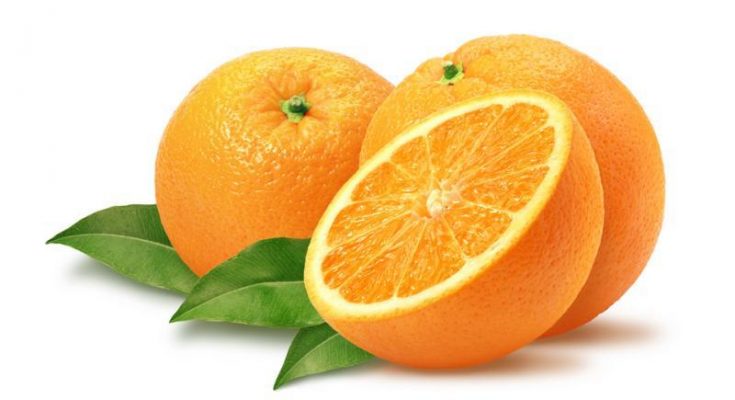We all know tiffin, tofu and teriyaki, but what about the more unexpected words that have come out of Asia? This week, our resident word-lover Jonathan Galton discusses the story of Orange
There is a grand tradition of naming food products after places. Think of Cheddar cheese. Think of Danish pastries. Think, for that matter, of Parma ham. There’s no guarantee that the name corresponds to the food’s place of origin – what we call a turkey, the Portuguese call a peru, which is only marginally closer to the fowl’s actual ancestral home in North America. It should therefore not come as a complete shock that in many languages an orange is referred to as a “Portugal” – take the Greek portokali, for example, or the Arabic burtuqal. Oranges don’t come from Portugal, as it happens, but it was predominantly Portuguese traders who brought sweet oranges (probably from China) to Europe, and the name seems to have stuck.
No amount of etymological twisting and turning will get us from “Portugal” to “Orange” so for the main event we need to look back into history. Until the 16th century, the only oranges available in Europe were bitter oranges, first introduced by the Crusaders with their Arabic name tag – naranj – intact. This word is still used in Arabic, but only to refer to bitter oranges, and a similar usage in Greek has given rise to a preserve called nerantzi glyko. On an English breakfast table, meanwhile, bitter oranges are mostly likely to be encountered in the form of marmalade, typically made from a variety named after the Spanish city where it is cultivated: Seville.
[quote align=”center” color=”#999999″]Until the 16th century, the only oranges available in Europe were bitter oranges, first introduced by the Crusaders with their Arabic name tag – naranj – intact. [/quote]
In Spanish, however, Seville oranges are called naranja amarga (bitter orange) and we can instantly recognise the Arabic origin of the first word, which is now used to refer to all oranges, bitter or sweet. The same is true in other south European languages, where havoc has been played with the initial “n” giving us the Portuguese laranja, Catalan taronja and Italian arancia. To understand what probably happened in Italian, here’s an experiment: say “una narancia” over and over again getting faster each time and what do you get? Un arancia, in my case. The same is thought to have happened in French, where une narange ultimately became une orange, the form in which (fanfare, please!) it passed into English in the 13th century.
But the story doesn’t end, or begin, with Arabic. Naranj, in fact, comes from the Persian narang, which in turn comes from a Sanskrit word meaning “orange tree”, thought ultimately to derive from a south Indian language. Indeed, in many Indian languages narangi, or similar, is still used for some varieties of orange, while santra is used for others. There is a delicious theory that santra may actually be a corruption of Sintra, a town in Portugal, but this is not widely supported and a good rule of thumb for a budding etymologist is that if it sounds that nice, it probably ain’t true. Perhapsthe Dutch and Germans have a better idea with sinaasappel and apfelsine respectively, both meaning “Chinese apple”. Likewise, in Puerto Rican Spanish, sweet oranges are simply called chinas, while Algerian dialects of Arabic use tchina.
And finally… in case you were wondering, the majority of the languages referenced here give the same word (or similar) to the colour as they do to the fruit. I’ll leave you to ponder that one.
Disclaimer: while the above is based on well-established theories of etymology, it should be noted that alternative theories exist for a number of the word origins described.





